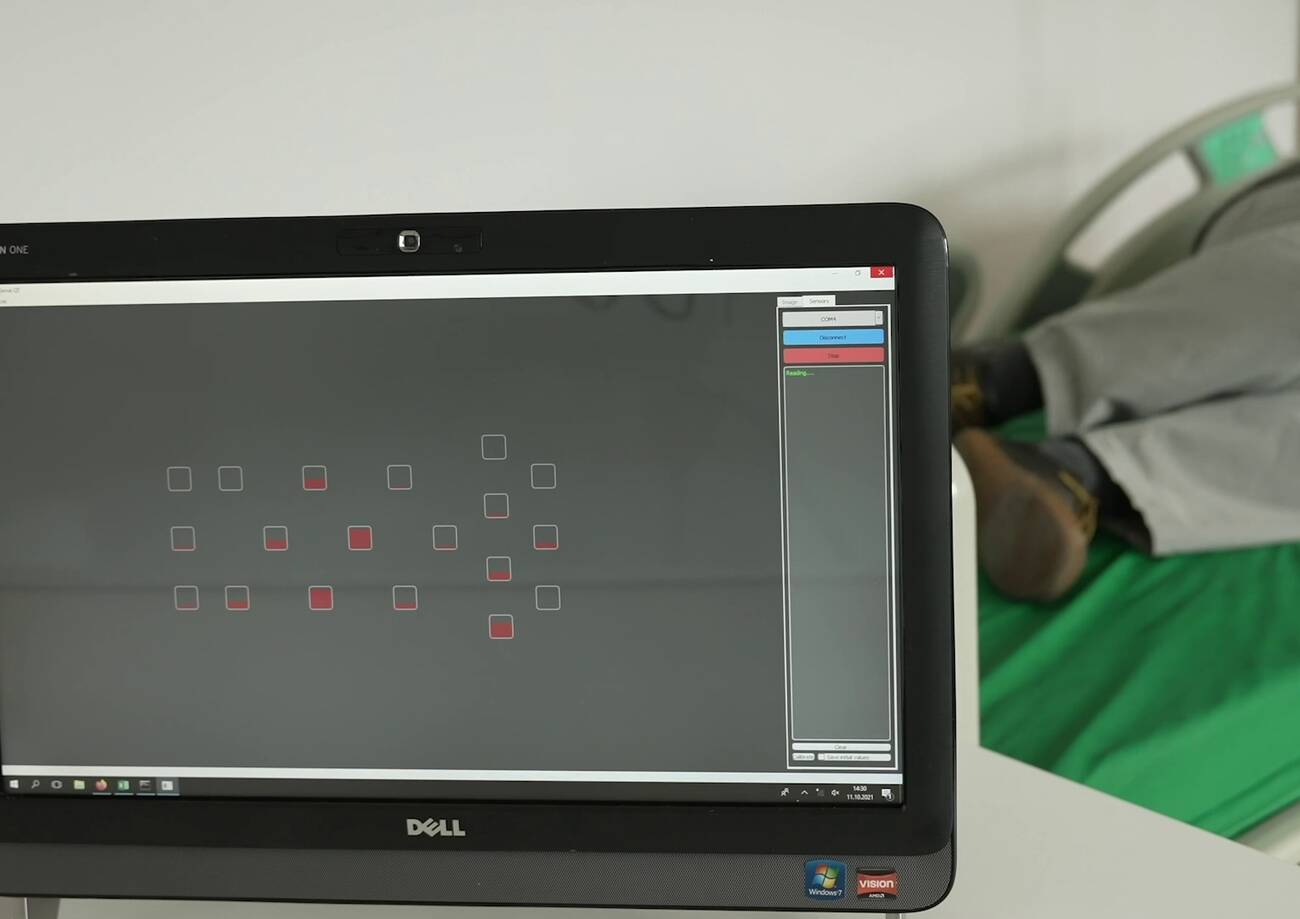PadPat

Pad for home and hospital beds for sensing the position of the patient in the bed over time.
The PadPat for home and hospital beds will make it easier for care staff to monitor the presence of patients in bed. Existing anti-decubitus mattresses are expensive and technically complicated. We have devised a simple solution for monitoring the presence of patients in bed, where patients are not restricted in any way, do not have to wear safety bracelets and, thanks to early signalling, are protected not only against possible bedsores but also if they inadvertently leave the bed.
What problems does it solve for its customers?
The PadPat helps in the care of long-term patients. PadPat makes it possibleto indicate if the patient leaves the bed or falls out of the bed. PadPat serves as a preventive tool against the development of pressure sores by monitoring the patient's load for a predetermined, staff-defined period of time. It can then send an alarm to the nursing staff or automatically change the position of the bed if the bed allows it.
Main features:
- indication of bed abandonment or falling out of bed,
- indication of the patient's position: sitting / lying on back / lying on stomach / lying on right side / lying on left side,
- indication of the patient remaining in one position as a prevention against pressure sores.
Product development phase
We are in the final stage of development of the PadPat prototype. We are looking for a manufacturing and commercial partner. We are also able to arrange small-scale production (unit deliveries) to pilot test the technology.
Method of commercialization
We offer the sale of the PadPat technical solution and subsequent assistance in the continued development of the technology (optimization of the operating software, integration into existing solutions, etc.) and in the subsequent optimization of production.
Technical specifications
PadPat is a pad of a few millimeters adapted to the size of the bed, designed to be integrated into mattresses or as an additional component of the bed with storage under the mattress. The textile sensors are positioned according to the usual contact surfaces of the human body with the bed. The number of individual sensors can be increased to achieve scalable resolution of sensing accuracy for more detailed sensing of human body position and load. The sensors are connected to a separate control unit with the possibility of integrating the control unit into the bed. The control unit allows communication with the operator computer using AT commands via USB. The control unit can be reprogrammed into existing hospital bed applications. The control software allows the load of individual sensors to be displayed on a connected monitor.
Possibility of developing the PadPat in other applications:
- monitoring of the recommended treatment position,
- robotic rehabilitation beds,
- sleep monitoring,
- personal safety features in transport.
Watch the PadPat presentation on Youtube.
Are you interested in this technology?
If you are interested in our technology, products and services, please contact our Technology Transfer Coordinator by phone or email:

